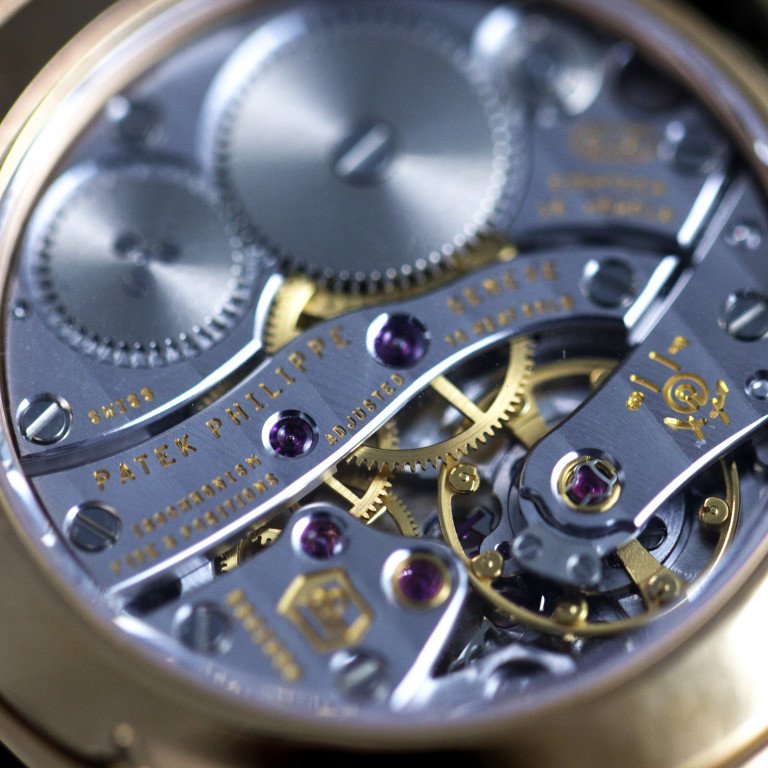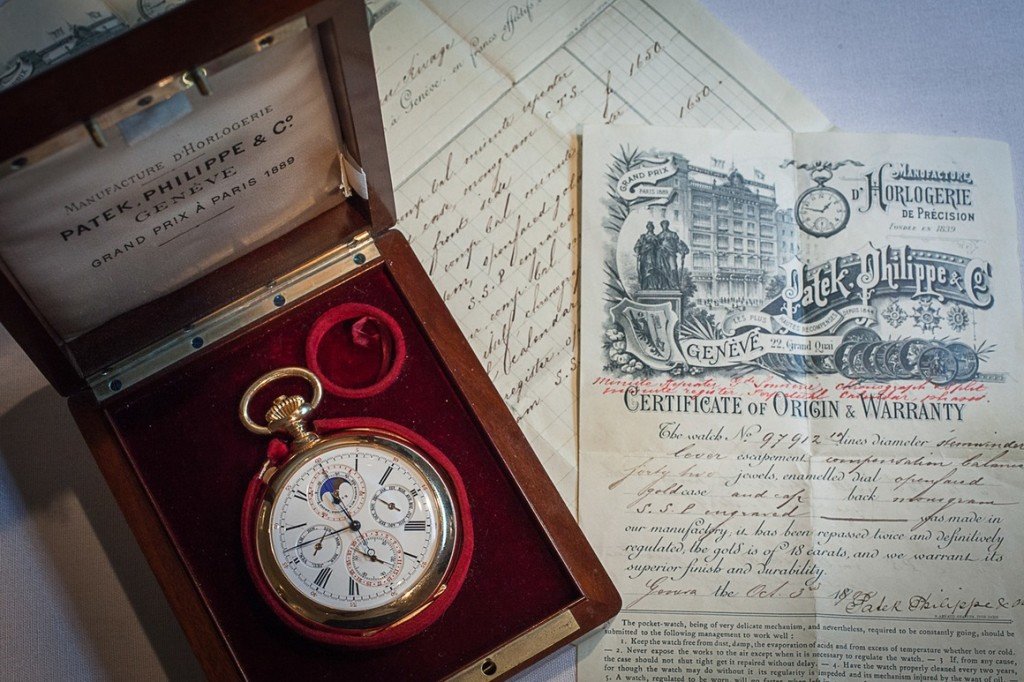Why is a New Patek Philippe Watch So Expensive?
Patek Philippe is widely recognized today’s premier watchmaker—just as it was at the beginning of the 19th century. The Swiss brand built (and more importantly has maintained for 177 years) its reputation on designing sophisticated timepieces of incomparable quality.
We examine the history of Patek Philippe and how little has changed in their production process and why this makes a Patek Philippe watch so valuable today.
A Tradition of Perfection
Patek Philippe was founded in Geneva in 1851 but its co-founder, Antoni Patek, was making pocket watches way back in 1839. Moreover, before Patek Philippe was officially established, Patek and his business partner, the French inventor Adrien Philippe, first joined forces in 1845. The Swiss watchmaker boasts one of the longest histories in an industry rich with legacy brands. And since the brand’s inception, Patek Philippe has largely kept their design consistent across 200 different watch models, further perfecting their mechanics and technology. While other brands have pivoted (and sometimes even struggled) to remain relevant in the market, Patek Philippe has capitalized on its tradition and superior watchmaking. Instead of appealing to fickle market tastes and trends, Patek Philippe has not wavered in their product and centuries-long brand identity.

Exceptional Craftsmanship and Materials
Patek Philippe’s craftspeople still utilize the traditional watchmaking techniques that date back to the company beginnings 177 years ago. And, unlike other watchmakers who purchase components from outside manufacturers, Patek Philippe produces all their watch elements in-house. Patek Philippe also pride themselves on using only high-quality materials. For instance, their elegant watch cases are forged from pure gold or platinum and never combined with alloy metals.

The Patek Philippe Extract from the Archives
Patek Philippe has maintained and exhaustive archive since 1839, cataloging all the timepieces they have produced. Known as the “Extract from the Archives,” this document includes a comprehensive description of the timepiece (including the caliber, movement number, case number, dial type, bracelet style, and date of sale) the day it left the Patek Philippe workshops. Although the Extract from the Archives is not proof of authenticity or a warranty, it makes it possible to identify any Patek Philippe watch. The Extract from the Archives also notes any modifications or repairs made by Patek Philippe. The service also manages theft notifications in the event a lost or stolen watch surfaces on a grey market. If you own a Patek Philippe watch that is older than five years, you can order an Extract from the Archives for your timepiece.

The Value of a Patek Philippe Watch
A new Patek Philippe watch boasts a jaw-dropping price tag of $20,000 for most entry-level watches with some models fetching up to $2 million USD. But why Patek Philippe warrants this incredible investment is the combination of the brand’s impressive history, unrivaled craftsmanship, high-quality materials and rarity.
It is believed that fewer than 1 million Patek Philippe watches have been produced since 1839. (To compare, it is estimated that Rolex produces nearly 1,000,000 watches last year alone.) Moreover it takes an average of nine months to produce a basic Patek Philippe watch and upwards of two years for a more complicated model. The incredible scarcity only heightens its desirability— and its final price tag.
Shop our collection of new and pre-loved Patek Philippe watches!







